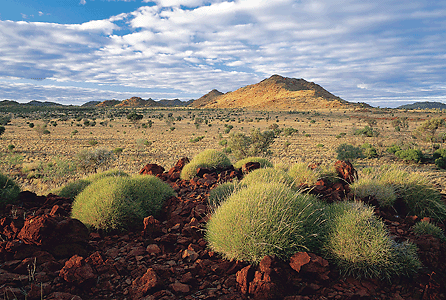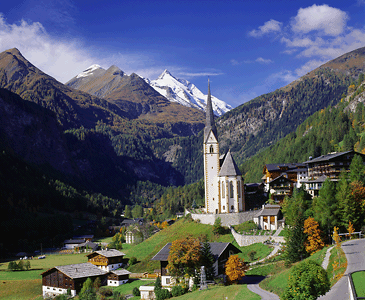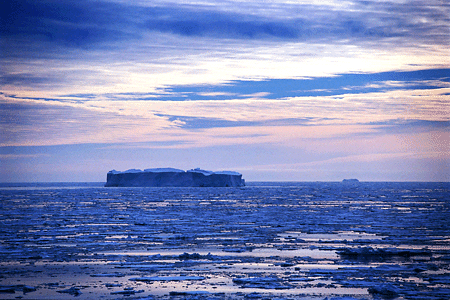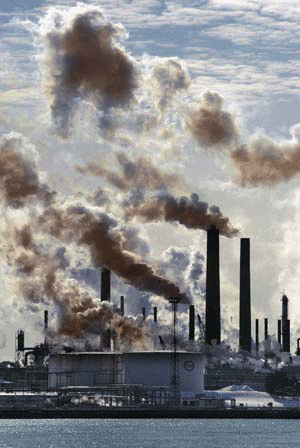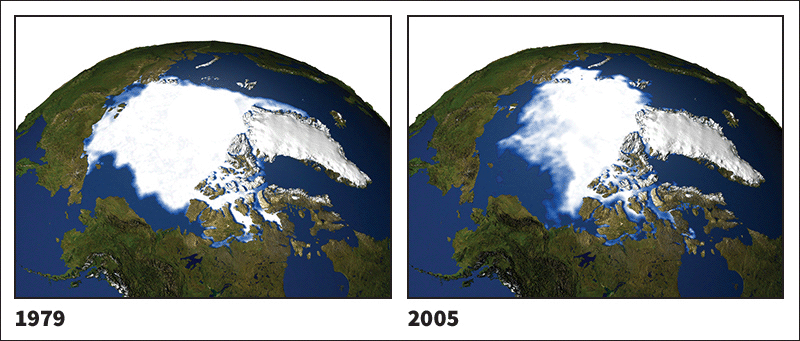New Rules Aim to Cut Carbon Pollution
Monday, June 2nd, 2014June 2, 2014
In a major effort to curb global warming, the Environmental Protection Agency (EPA) today unveiled proposed rules that would significantly cut carbon pollution from United States electric power plants. The rules would mandate the first nationwide reduction in carbon emissions–30 percent over 2005 levels by 2030. Currently, about 38 percent of yearly U.S. carbon emissions–some 551 million short tons (500 million metric tons)–comes from power plants, particularly those fueled by coal. According to EPA estimates, a 30-percent reduction in carbon pollution from power plants would equal the carbon emitted by two-thirds of all cars and trucks in the United States. However, energy experts noted that more than 38 billion tons (35 billion metric tons) of carbon dioxide was emitted worldwide in 2012.
EPA Administrator Gina McCarthy said that acting on climate change was a “moral obligation.” Carbon pollution, she said, “supercharges risks not just to our health, but to our communities, our economy, and our way of life. “The administration of President Barack Obama has been under continuing pressure from environmental groups to take significant action to reduce carbon emissions since the administration failed to get a climate change bill through Congress during the president’s first term in office.
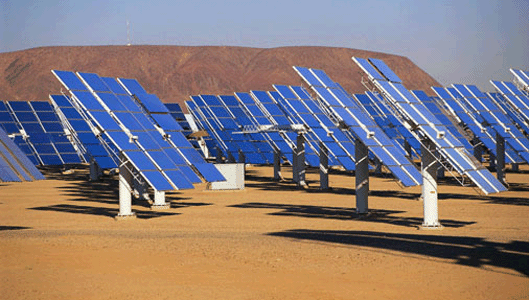
Proposed rules from the Obama administration aim to boost the production of electric power from solar farms and other renewable energy plants in order to reduce carbon emissions. (© PhotoDisc/Getty Images)
The rules face a year-long period of public comment as well as fierce legal battles from business and industry groups and political opposition in Congress and some state legislatures. Opponents of the rules have argued that they will boost electric power costs for consumers and increase business costs. The EPA estimates that the rules will cost $7.3 billion to $8.8 billion annually but will lead to economic benefits of $55 billion to $93 billion over the life of the rule. The agency also predicted that the rules will prevent 2,700 to 6,600 premature deaths and 140,000 to 150,000 asthma attacks.
Once the rules are finalized in 2015, states would have until June 2016 to submit rules for ensuring that power plants within their borders meet the emissions cuts. EPA officials stressed that coal-fired plants need not be shut down immediately. Instead, states could install new wind, solar, natural gas, or nuclear units or upgrade pollution and efficiency technology in existing plants. They could also start or join state or regional “cap and trade” programs. Under under such programs, government sets an overall limit on carbon emissions, and then states meet these targets by allowing businesses to buy and sell pollution credits. According to the EPA, even if states meet the pollution-reduction targets, about 30 percent of U.S. electric power would come from coal, compared with 40 percent today.
Additional World Book articles:

